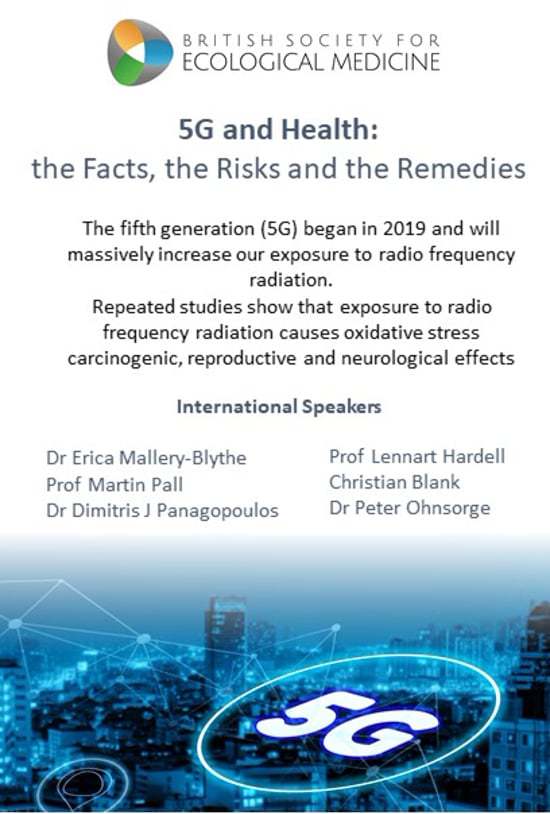The health effects of 5G radiation are still being debated. However, one study suggests a link between RF radiation with cancer among male rats. The study was classified up until it was declassified at the end of 2012 by Central Intelligence Agency, but it shows that radiofrequency can cause cancer in animals, and even humans. 5g radiation exposed male rats to radiofrequency for 15 days , and discovered that they developed same types of cancers as human beings do.

Health impacts of 5G radiation
The rapid expansion of wireless communications has led to the creation of 5G technology, there are growing concerns regarding the health risks of radiation from 5G. While the higher frequencies may not penetrate the body as deeply as older technologies, scientists have identified potential health effects that are systemic and have called for more research. To ensure that people are protected, the European Commission is requesting independent studies to determine whether the technology could pose any health risks.
It is vital to realize that there's a substantial amount of misinformation regarding 5G's health impacts, and it is vital to dispel any doubts that remain. Although 5G isn't yet widely used, there are many individuals who are being told it could cause health issues mostly via social networks, where hyperbolic language is used.
Beamforming technique
Beamforming is one of the most vital technologies in five-G networks. It is a technique which makes use of multiple radiating elements to create a narrow beam. The purpose for beamforming is minimize how much unwanted radiation is reflected that is in the signal that results. This method is typically used for wireless communication systems, and is essential for 5G's cost-effective coverage.
This technique works by electronic weighting of the individual signals of each antenna. This produces an extremely narrow beam of radiation that enhances coverage of cell phones indoors as well as near cell edges. This technique is important since poor coverage could lead to lower user satisfaction. In 5g radiation symptoms to increasing the signal, beamforming helps reduce the amount of interference a user receives from other devices.
Power density
The power density of 5G radiation from mobile towers should be comparable to the previous generation of 4G and 3G systems. One reason behind the low power density lies in the sensitivity of electronic components. The maximum radiation output of a 2G handset was about 2 Watts, while that of a 4G handset was about 200 milliwatts.
The power density is how much electromagnetic energy is absorbed by the body from a particular distance. 5g radiation symptoms of radiation 5g is typically expressed in the watts per square metre. In contrast to the SAR measurement, power density is a measurement of the quantity of electromagnetic energy that can be found in an area. The parameters for power density can be different for wearables and mobile devices dependent on their operating frequency and distance.
Specific absorption
The Specific Absorption Ratio (SAR) is an measure that measures the rate at which a certain frequency depositions power in human tissues. In general, a SAR value is not more than two watts per kilogram body mass. This value is derived from the electric field present within tissues and the mass density, which is measured by kilograms of mass per cubic meters. It has recently been applied to the proposed antenna design.
The latest radio technologies that make up the network 5G work on frequencies that are below 6 GHz. These frequencies are also known as millimeter waves. However, The FCC's SAR compliance test only applies to frequencies up 6-GHz. Furthermore to that, the SAR test requires that measurements be performed using phantoms that contain tissue simulating media.
Skin health effects
We know very little about the impacts of 5G radiation to the skin. Our knowledge of the subject is inadequate due to the lack of research in-vivo as well as theoretic models. However, there is an urgent need to conduct more studies of the effects of 5G radio frequency radiation on the human skin. The use of 5G radio frequencies could cause skin damage, especially to the epidermis, which is an extremely sensitive organ.
Unlike 4G, 5G radiation is one of the highest frequencies that has been found to cause heat to human tissues. The human body is dipolar, which means that the increased frequency of 5G radio waves can cause heat to the skin. The exposure to radio frequencies from 5G could be detrimental to other organs of the body, like the brain.
